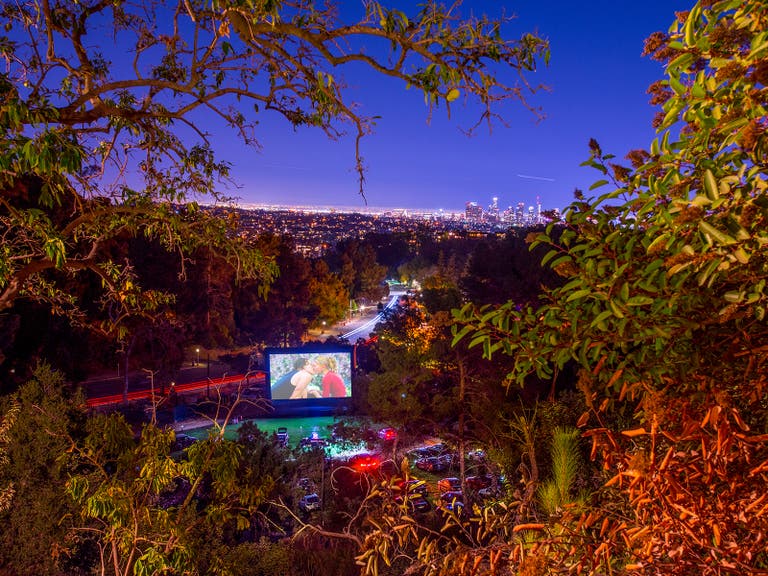The Best Non-Korean Restaurants in Koreatown
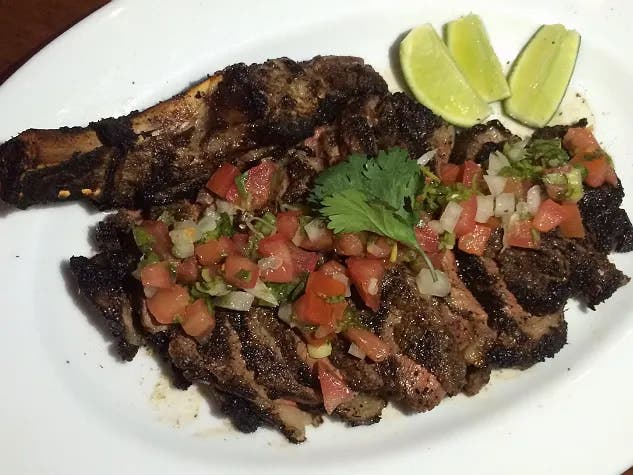
By now, it should be clear that Koreatown features the most compelling collection of Korean restaurants outside of the motherland. However, people may not know that restaurateurs carrying flags for other cuisines are flocking to the neighborhood. Learn about some of the best non-Korean dining options in Koreatown.
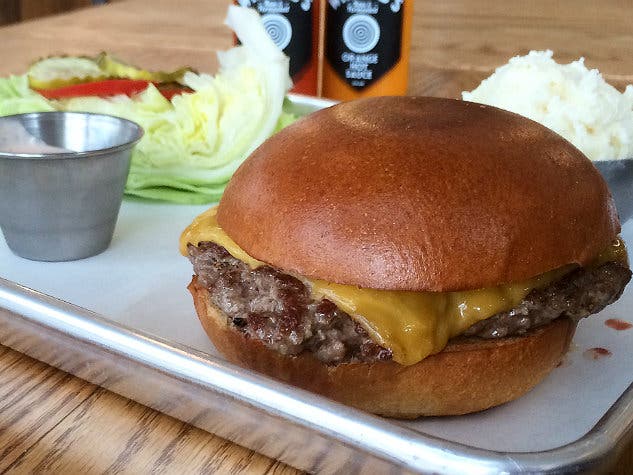
Cassell's
Chefs Christian Page and Willy Barling honored the late Al Cassell by reviving his burger concept in the Hotel Normandie. They imported his meat grinder, hydraulic crossfire broiler and menu - not that every tweak sticks to tradition. Cassell’s 2.0 added breakfast service, a coffee bar, and a full liquor license, including cocktails crafted with house-made sodas like lemon lime, ginger beer and sarsaparilla. Their burger remains a classic, a blend of chuck and brisket, served with a choice of cheese on a brioche-like Portuguese bun with accompaniments on the side. They also make a killer patty melt on rye with caramelized onions and molten cheese. French fries are nowhere to be found; instead, they serve each burger with potato salad that’s folded with Turbinado sugar and mustard. Other sides include cole slaw with multi-colored cabbage and carrots; and potato chips with salt or dehydrated Willy B’s hot sauce. For dessert, a rotating display case hosts blue ribbon pies from Page’s wife, Chef Elia Aboumrad from GORGE.
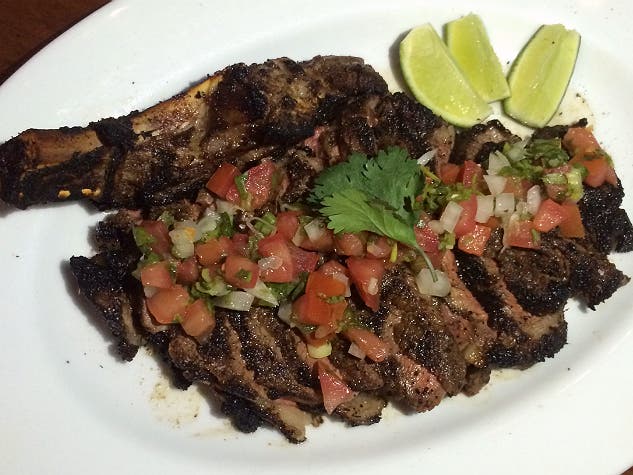
EsCaLA
Bogota native Chino Lee, who also produces art and music, recruited Seoul Sausage chef Chris Oh to bring a taste of Colombia to Chapman Plaza. The street-side space now features a lowrider bicycle above the door, communal wood tables and a Gramophone chandelier. Oh, a Korean-American, took a crash course on Colombian cuisine from EscaLA’s goateed owner and applied his bold approach to dishes like Manila clams, which rest in a heavily spiced chorizo coconut bisque. Empanadas are deep-fried, with their crisp masa shells cradling juicy ground meat. Jars of salsa verde complete the spicy picture. Other dishes are designed for sharing, including a fried striped bass spooned with tropical salad - basically a sweeter papaya salad. Ribeye is another star: 12-ounces of bone-in steak marinated for 24 hours with balsamic vinegar and Colombian spices, seared and served with pico de gallo, thrice-fried papas and aioli. To drink, EscaLA houses a full bar with cocktails and 15 beers on tap, many from craft breweries.
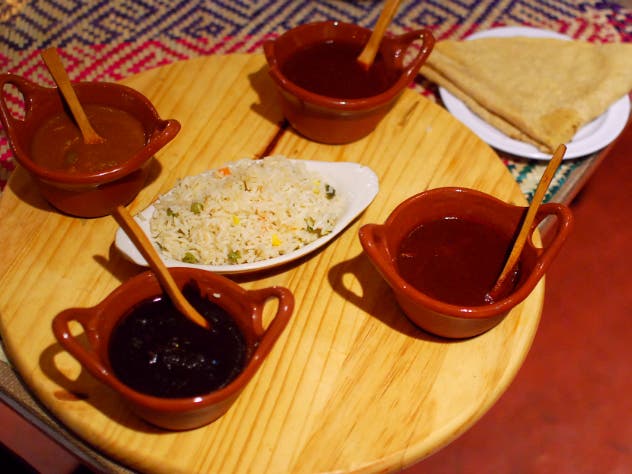
Guelaguetza Restaurant
La Familia Lopez helped put Oaxacan food on the map in L.A. Brother-sister duo Bricia and Fernando Lopez run this sprawling restaurant, now that parents Fernando and Maria have returned home to Mexico to open Pink Burger in their hometown of Mitla. The younger generation has maintained momentum, and the restaurant even scored a 2015 James Beard Foundation America’s Classics Award. The space features a flock of birds painted on the outer orange wall, red concrete flooring indoors, a fountain in back, decorative plants, an L-shaped bar and colorful woven place settings. Each meal starts with tortilla chips topped with mole coloradito and queso fresco. Continue your deep dive into Oaxaca with the Festival de Moles, a colorful quartet – mole negro, mole rojo, coloradito and estofado - served in cazuelas with shredded chicken breast, vegetable-studded rice and oversized corn tortillas. Mole may star, but Guelaguetza serves a wide range of regional Mexican comfort food at breakfast, lunch and dinner. The bar features one of L.A.’s largest mezcal selections, drawing on Oaxacan agave traditions. If you prefer alcohol-free drinks, their excellent horchata is crafted with cinnamon-tinged rice milk and served on the rocks with chopped walnuts and cactus fruit syrup.
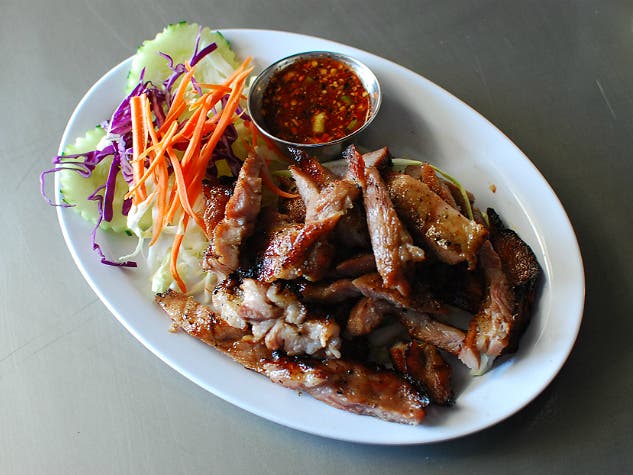
Isaan Station
Porapat Neungjumnong’s restaurant specializes in spicy, acidic and occasionally funky, northern Thai cuisine. Isaan Station resides in Waa Waa Plaza and houses twin dining rooms, plaid booths and banquettes, and colorful wall-mounted art. The menu, which features bold flavors at every turn, is particularly strong on larb, green papaya salad, soups and char-grilled meats. Kohr Moo Yang consists of char-grilled pork collar featuring caramelized fat and an addicting mix of fish sauce, sugar, chile powder and crispy rice powder. Pick up meat with pinches of sticky rice, which double as utensils. Papaya salad is available with fermented fish, pickled blue crab, or salted egg, which adds a savory element to the tangy green papaya, peanuts and dried shrimp. Khai Yang Ob Oong is a sensational char-grilled chicken, served with a juicy turmeric-marinated meat and two dipping sauces, one sweet, one savory. Dtub Waan is a challenging dish, with spicy pork liver in a murky brown broth, but the rewards are myriad.
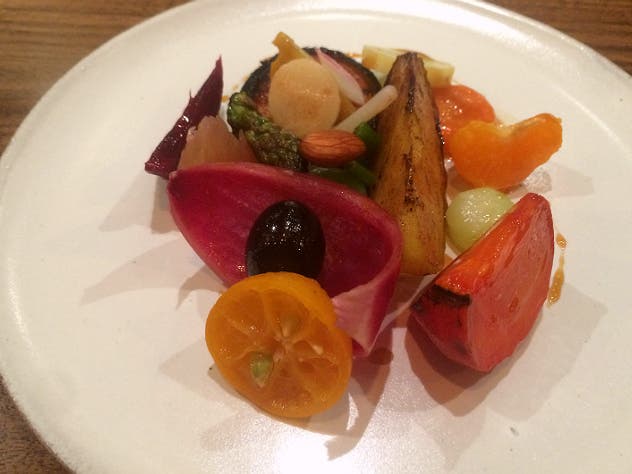
Le Comptoir
Cassell’s is a great addition to Koreatown, but it isn’t even the most ambitious newcomer in the Hotel Normandie. That honor goes to Le Comptoir, a 10-seat chef’s counter from Gary Menes. The seasoned culinary veteran relies on a convection oven, induction burners and produce from his Long Beach garden. His standard experience spans six courses and costs $69, with the opportunity to supplement with meat and seafood. Menes prints his menu daily, depending on what’s in season and what he harvests. In January 2015, dishes included a luxurious cauliflower velouté poured tableside over Greek yogurt and toasted breadcrumbs coated in Parmigiano Reggiano. His “Veggie and Fruit Plate" is a tour de jardin, with raw and cooked preparations of more than a dozen seasonal fruits and vegetables. Oeuf en Cocotte features an egg cooked in cast iron in beurre noisette (brown butter). The egg is coated in Parmesan and served with house-baked sourdough wheat bread and baby lettuce. If you’re lucky, Menes will close the show with sourdough donut holes - warm, sugar-dusted wonders made with the same starter as the bread and plated with sour cream, Meyer lemon curd and torched strawberry.

Pollo a la Brasa
Cords of wood and the intoxicating smell of wood smoke greet customers at this Peruvian rotisserie chicken spot, which has been going strong for more than 25 years. At some point, Koshei Maekawa and his family will take over the canary yellow and red clay colored building next door, and the original location will transform into a parking lot. For now, you’ll find a tiny restaurant with worn tile floors, yellow booths, an overhead menu, and chicken on most tables. The chicken is smoky and ultra-savory, with caramelized skin that needs steamed white and stewed black beans for balance. A squeeze bottle of spicy green aji, a Peruvian sauce spiked with jalapeño, adds another jolt of electricity. Pollo a la Brasa also sells anticuchos (beef heart) and ribeye, but chicken is the play.

Taylor's Steak House
“Tex” Taylor and wife Margie opened their eponymous steakhouse in 1953, and then relocated nearby in 1970. Son Bruce Taylor took over in 1978 and opened a La Cañada spin-off in 1996. In the low-lit original, almost every seat other than at the bars is either a red or black booth. Long-time chef Fernando Mendez cooks cuts of dry-aged Prime beef at 700 degrees in a gas broiler, highlighted by the culotte, a three-inch-thick center-cut of top sirloin. Pepper steak is another satisfying choice, especially when paired with sides like creamed spinach and house-made potato chips. It’s even possible to order a cheeseburger, formed from prime steak trimmings. Yes, they have cakes and tarts, which they present on a stainless steel tray, though sometimes a spirit-forward classic cocktail does the trick for dessert.
